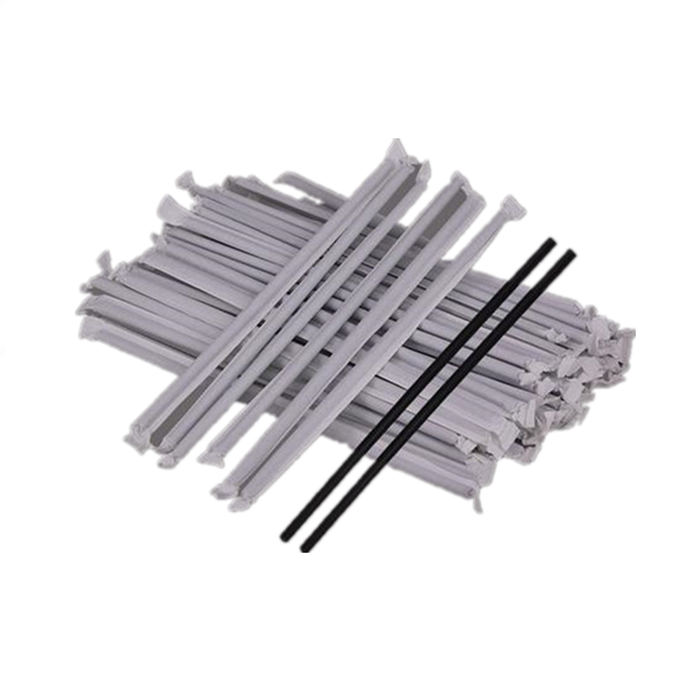The improvement of pulp supply and weak demand occur at the same time, and various risks such as inflation, production costs and COVID-19 epidemic will continue to challenge the pulp market in 2023.
Recently, Patrick Cavana, a senior economist at Fastmarkets, shared the main summary.
Increase in pulp trading activities
In recent months, the supply of pulp imports has increased significantly, which makes the inventory of some buyers increase for the first time since mid-2020.
Relief of logistics troubles
With the global demand for goods cooling, the relaxation of marine logistics is a key driver of import growth, and port congestion and tight supply of ships and containers have improved. The tight supply chain in the past two years is now being compressed, leading to an increase in pulp supply. Freight rates, especially container freight rates, have declined significantly in the past year.
Weak pulp demand
Pulp demand is weakening, and seasonal and cyclical factors are putting pressure on global paper and cardboard consumption.
Capacity expansion in 2023
In 2023, three large-scale commercial pulp capacity expansion projects will be started one after another, which will promote the supply growth ahead of the demand growth, and the market environment will be relaxed. That is, Arauco MAPA project in Chile is planned to start in the middle of December 2022; UPM Huichuan BEK Greenbelt Plant in Uruguay: it is expected to be put into operation at the end of the first quarter of 2023; Finlin cardboard is located in the Kemi factory in Finland and is planned to be put into production in the third quarter of 2023.
China’s epidemic control policy
With the continuous optimization of China’s epidemic prevention and control policies, consumer confidence may be enhanced, and domestic demand for paper and cardboard will be increased. At the same time, strong export opportunities should also support market pulp consumption.
Risk of labor interruption
As inflation continues to put pressure on real wages, the risk of organized labour disruption increases. As far as the pulp market is concerned, this may lead to reduced availability directly due to the pulp mill strike or indirectly due to the labor interruption at ports and railways. Both may once again hinder the flow of pulp to the global market.
Production cost inflation may continue to rise
Although the pricing environment in 2022 hit a record high, producers are still facing profit pressure, so the production cost inflation of pulp producers still exists.
Post time: Dec-28-2022

